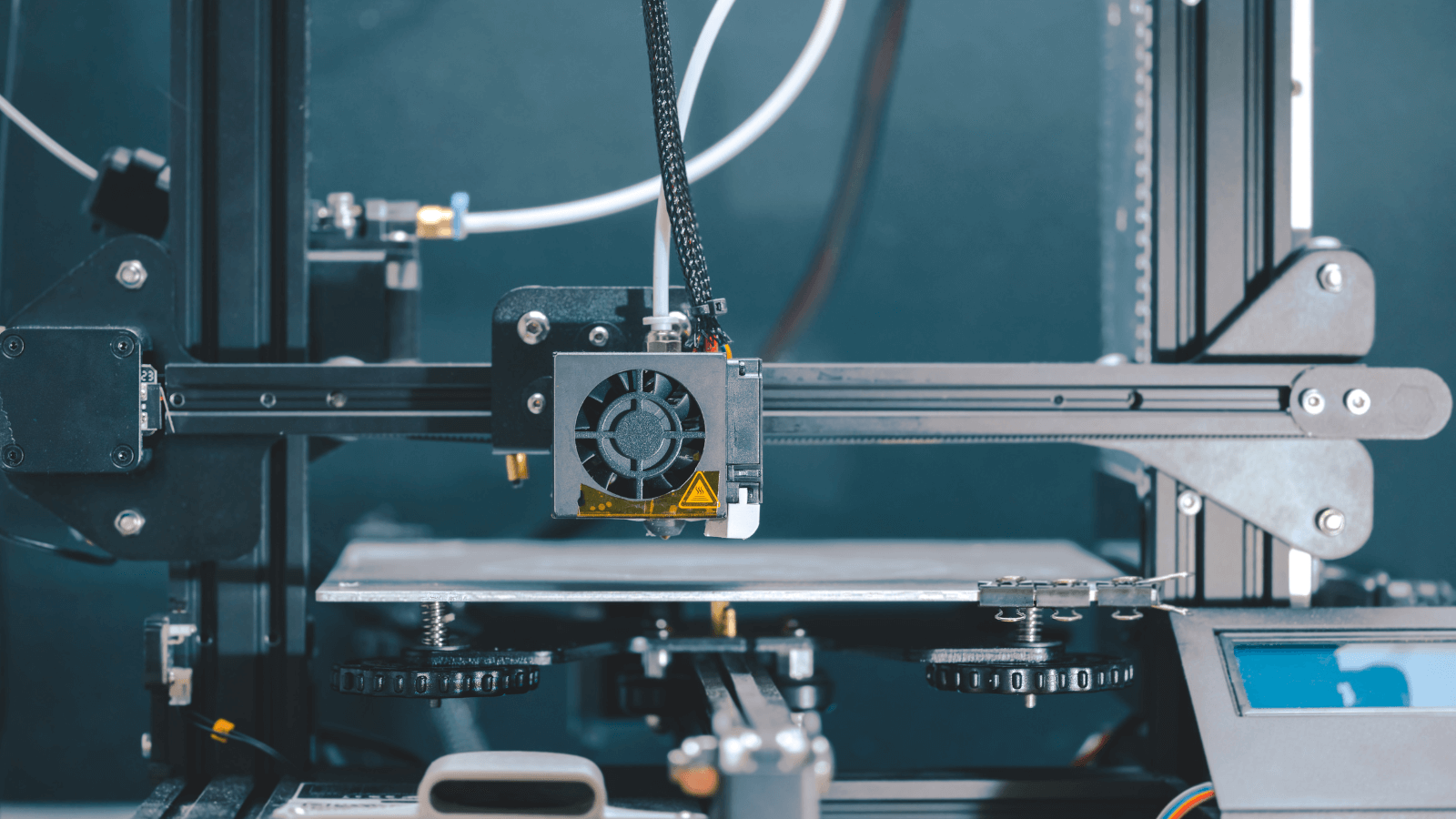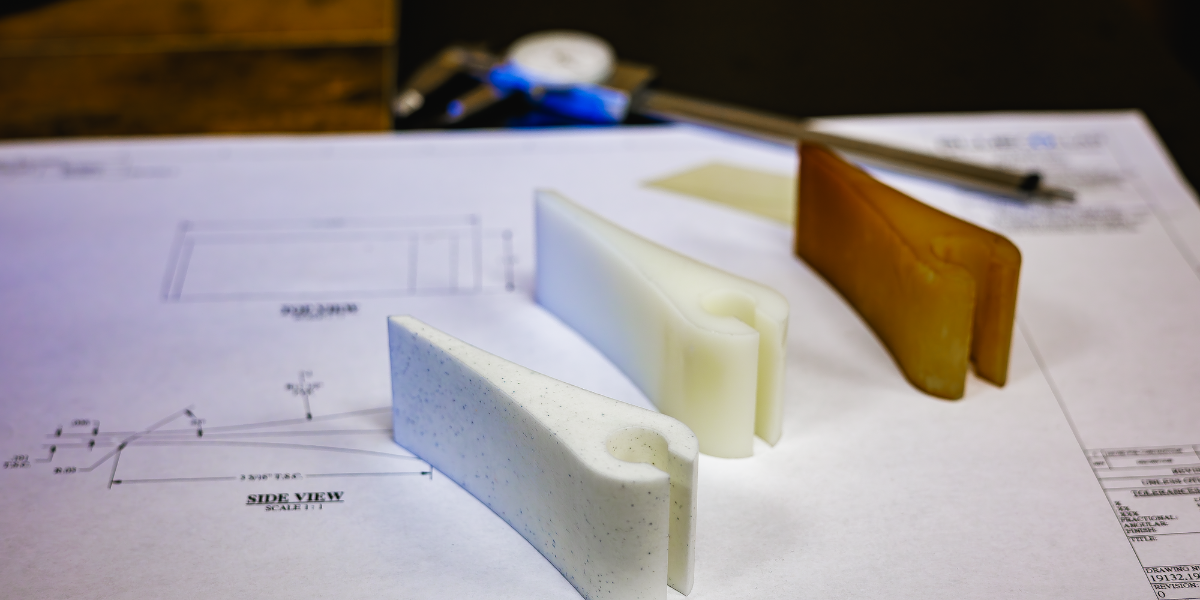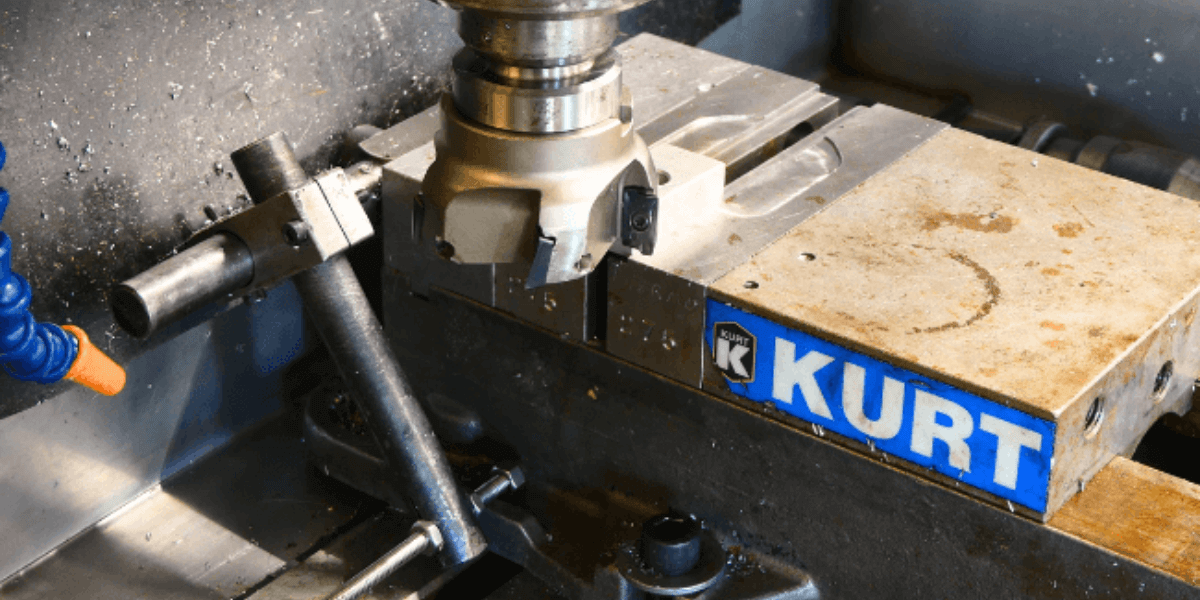3D Printing for Custom Manufacturing Solutions
3D printing is revolutionizing the manufacturing industry by enabling custom manufacturing with unmatched precision. Unlike traditional methods, 3D...
2 min read
Blue Collar Feb 24, 2025 12:13:15 PM
In Lafayette, engineering firms are at the forefront of adopting 3D printing, a technology that's reshaping the boundaries of design and production. This blog post examines the transformative impact of 3D printing within the local engineering sector, highlighting its benefits for innovation, customization, and efficiency.
Lafayette has become a center for engineering innovation, largely driven by the integration of 3D printing technologies. This technology has enabled local engineering firms to enhance their capabilities, offering faster and more cost-effective solutions to complex engineering challenges. This section will explore how 3D printing has revolutionized engineering practices in Lafayette, emphasizing the technology's role in boosting local innovation.
Customization: 3D printing allows engineers to tailor designs to precise specifications, which is crucial for applications requiring unique solutions and adaptations.
Speed: The technology significantly cuts down the time from design to prototype, enabling rapid testing and modifications. This is especially beneficial in a competitive market where speed to market can be a critical advantage.
Cost Efficiency: Reducing material waste and decreasing the need for multiple prototypes, 3D printing helps firms manage costs effectively while still achieving high-quality results.
Complex Designs: 3D printing excels in creating complex geometries that are often impossible with traditional manufacturing techniques, opening new avenues for innovation and performance enhancements.
Skill Gap: One of the main hurdles facing engineering firms is the skill gap. As 3D printing technology evolves, the need for specialized knowledge in software, materials, and machine operations grows. Firms must invest in continuous training and development to ensure their teams are well-equipped to leverage 3D printing fully.
High Initial Investment: Implementing 3D printing technology requires significant capital investment in high-quality 3D printers and associated materials. For many engineering firms, particularly smaller ones, the upfront cost can be a substantial barrier.
Integration with Existing Processes: Integrating 3D printing into traditional manufacturing processes poses logistical challenges. It requires careful planning to ensure that new workflows enhance rather than disrupt existing operations.
Material Limitations: While 3D printing offers a wide range of materials, there are still limitations regarding strength, temperature resistance, and durability, which can be a concern for engineering applications requiring robust material properties.
Innovation in Design: 3D printing allows for the creation of complex, high-precision parts that are often impossible with traditional manufacturing techniques. This capability opens up new possibilities for innovation in product design and functionality.
Rapid Prototyping: Engineering firms can drastically reduce the development time for new products with 3D printing. Rapid prototyping allows for multiple iterations to be created quickly, enabling faster refinement and optimization of designs.
Customization and Flexibility: 3D printing excels in producing customized or small-batch components economically. This flexibility is particularly advantageous for engineering firms that specialize in tailored products or short-run production.
Strengthening Local Supply Chains: By adopting 3D printing, firms can reduce their reliance on international supply chains, which can be vulnerable to disruptions. This shift can lead to stronger, more resilient local manufacturing ecosystems.
Environmental Benefits: 3D printing can be more sustainable than traditional manufacturing methods due to its ability to reduce waste and decrease the carbon footprint associated with production.
As Blue Collar Engineering embraces these advancements in 3D printing, the firm is not only enhancing its operational efficiencies but also setting a benchmark for innovation within the Lafayette engineering community.
By leading the charge in adopting and integrating cutting-edge technologies, Blue Collar is equipped to tackle complex engineering challenges, offer solutions to its clients, and ultimately contribute to a more resilient and dynamic local manufacturing landscape.
To discover how our expertise in 3D printing can bring unparalleled precision and innovation to your projects, reach out to Blue Collar Engineering today.
At Blue Collar Engineering, we specialize in turning concepts into reality. With expertise in 3D scanning, design and drafting, prototyping, engineering, and production management, our team is dedicated to bringing your ideas to life with precision and passion.
From initial concept to final product, we are committed to delivering innovative solutions that meet and exceed your expectations. Whether you're in the food & beverage, oil & gas, or outdoor industry, our multidisciplinary team is equipped to provide turnkey solutions tailored to your needs.

3D printing is revolutionizing the manufacturing industry by enabling custom manufacturing with unmatched precision. Unlike traditional methods, 3D...

How much faster could you innovate if your ideas could take shape overnight? For engineers and product developers, speed is everything—and when it...

In the ever-changing landscape of product design and manufacturing, prototyping stands out as a crucial phase. This process bridges the gap between...